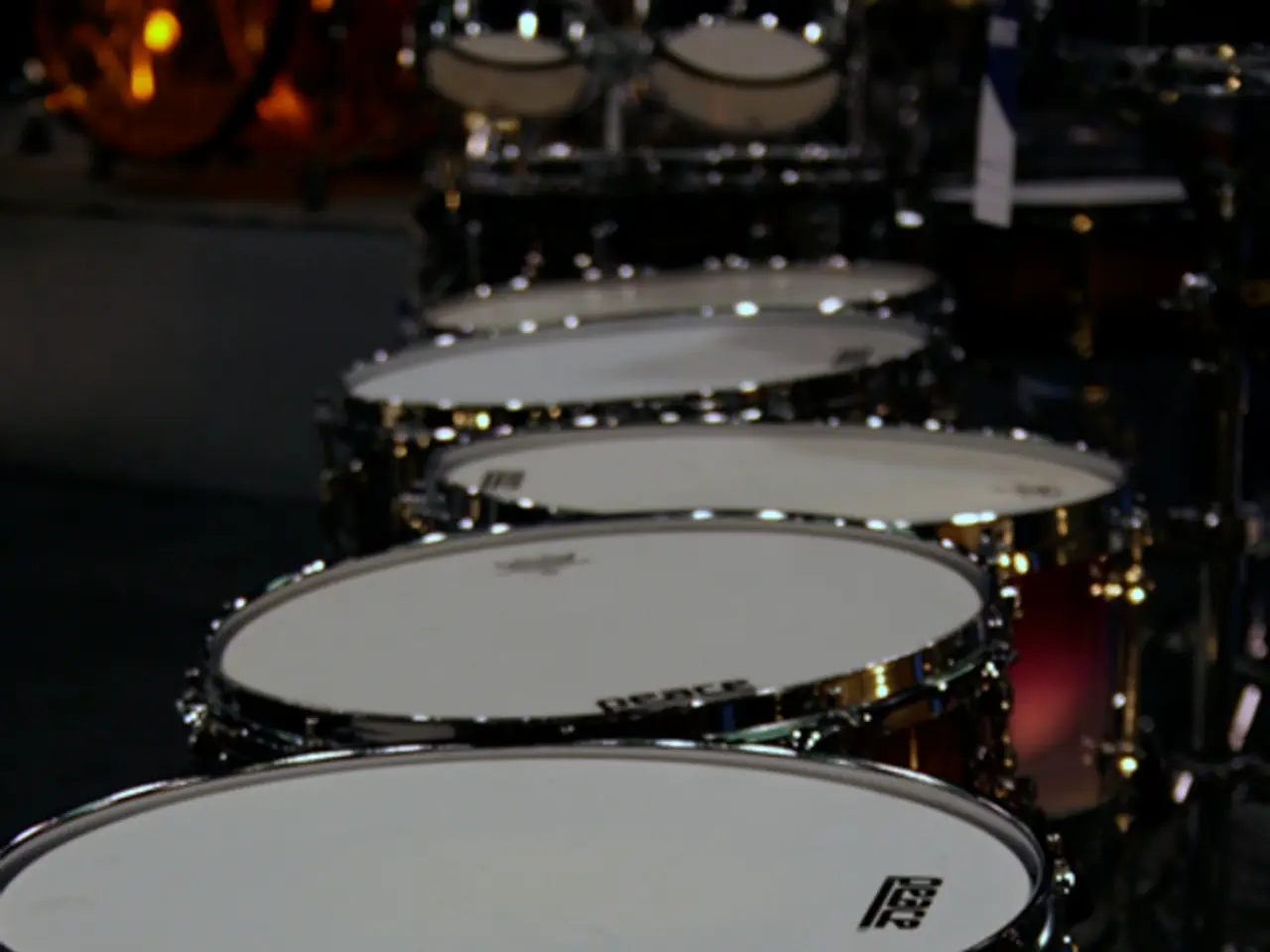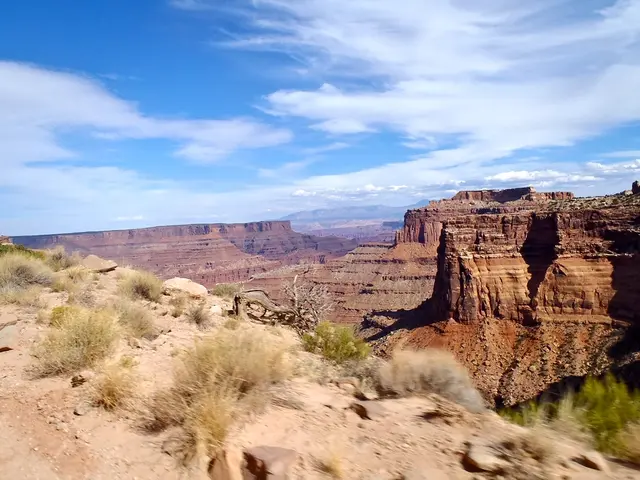Eliminate Mouse Urine Marks from Concrete Surface Floors
Removing and disinfecting mouse urine stains from concrete floors can be a challenging task, but with the right approach, it can be accomplished effectively. Here's a step-by-step guide on how to tackle this issue.
1. **Initial Cleaning and Disinfection:** - Given that mouse urine can carry harmful pathogens like hantavirus, it's crucial to disinfect the area first. A disinfectant like diluted bleach can be used to kill viruses. However, be cautious as bleach can produce hazardous chloramine gases when mixed with ammonia-based urine residues. Ensure good ventilation and avoid mixing bleach with ammonia-containing substances.
2. **Avoid Bleach for Odor Removal:** - While bleach disinfects, it is not effective at removing urine odors or stains and can worsen the smell. After disinfecting, it is advisable to clean the area using a degreasing agent such as TSP (trisodium phosphate) to neutralize the urine compounds.
3. **Use Enzymatic Cleaners:** - Enzymatic cleaners are the gold standard for breaking down organic urine stains and odors. They contain natural enzymes that target and convert urine components like ammonia and uric acid into harmless substances such as carbon dioxide and water. - For concrete floors, apply a professional-strength bio-enzymatic cleaner like Rocco & Roxie's Stain and Odor Eliminator. The enzymatic bacteria activate on contact with the stain and odor, feeding on the organic matter until it is eliminated. Allow the enzyme cleaner to fully dry—typically 24 hours or more—to ensure the enzymes fully digest the urine residue. Repeat if odors persist.
4. **Concrete-Specific Considerations:** - Concrete is porous and can absorb urine deeply. Before enzymatic treatment, you can dilute the urine by pouring warm water on the spot and extracting it with a wet vacuum or absorbent towels. This helps reduce the concentration of urine components. - After enzymatic treatment dries, you may consider sealing the concrete with a primer or sealant (such as KILZ or Zinsser B-I-N) to block any remaining odors and stains from coming through.
5. **Disinfection and Cleaning Tools:** - Steam mops can be helpful for scrubbing and the heat may assist in sanitizing the surface, but they should be used after enzymatic cleaning and only on concrete that can withstand moisture and heat.
**Summary of Recommended Products and Steps for Mouse Urine on Concrete:**
| Step | Product/Method | Purpose | |---------------------|---------------------------------------|------------------------------------| | Disinfection | Diluted bleach (careful application) | Kill viruses such as hantavirus | | Neutralization | TSP cleaner | Remove urine residue and ammonia | | Stain & odor removal| Bio-enzymatic cleaner (e.g. Rocco & Roxie) | Break down organic urine compounds | | Cleaning aid | Warm water and wet vacuum/towels | Dilute and remove urine | | Optional sealing | Mildew-resistant primer/sealant | Block residual odors and stains | | Additional cleaning | Steam mop (optional) | Enhance sanitization after enzymes |
This protocol will remove stains, disinfect, and neutralize odors effectively on concrete floors contaminated with mouse urine, ensuring safety and cleanliness. Sealing the concrete floor is an important step in preventing future stains and odors from mouse urine.
Maintaining a clean home-and-garden environment is essential for preventing the spread of diseases associated with mouse urine, such as hantavirus. Adopting a lifestyle that includes regular cleaning and disinfection can help minimize health risks in your home. For instance, when dealing with mouse urine stains on concrete floors, it's crucial to first disinfect the area with diluted bleach, followed by a neutralization process using TSP cleaner. Then, use a bio-enzymatic cleaner to break down organic urine stains and odors, and consider sealing the concrete with a mildew-resistant primer/sealant for an additional layer of protection. This home-and-garden approach can help ensure a cleaner and safer living space.




